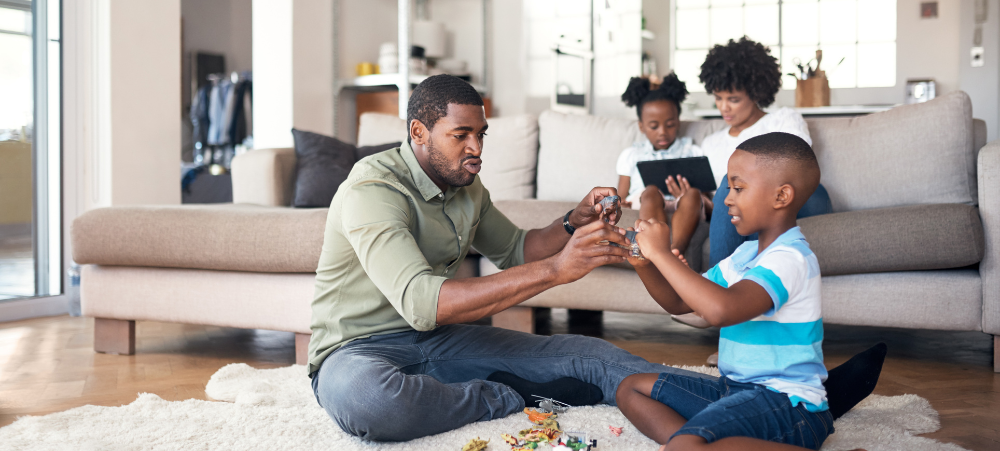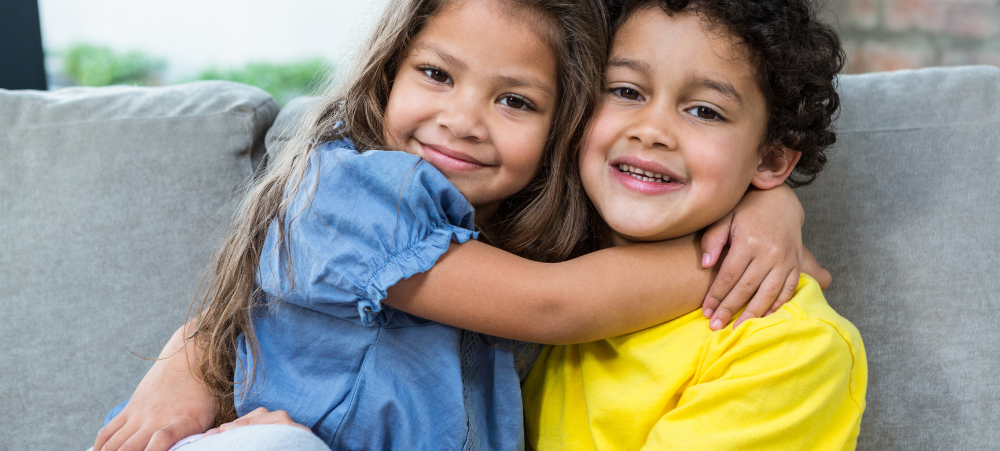Screens are everywhere. From tablets to smart TVs, digital devices often dominate modern family life. While technology offers convenience and entertainment, too much of it can crowd out quality time with your loved ones. That’s why building in tech-free moments is more important than ever.
The good news? You don’t need to go off-grid or plan something elaborate. Here are 10 genuinely effective tech-free activities that spark connection, laughter, and memory-making for families of all ages.
1. Cook a Meal Together
Turn dinnertime into bonding time. Let everyone take part—from washing veggies to stirring the pot. Kids are more likely to try new foods when they help make them, and shared meals are linked to better communication and emotional health.
🧑🍳 Bonus: Assign a “family chef” night each week.
2. Start a Puzzle or Game Night
Whether it’s a 1,000-piece jigsaw or a fast-paced card game like Uno or Snap, games get everyone off screens and into the moment. Cooperative games, in particular, build teamwork and teach patience.
🎲 Try rotating who chooses the game each week.
3. Camp Indoors (or in the Backyard)
Set up blankets, a tent, or a fort and enjoy “camping” at home. Share stories, roast marshmallows (or microwave them), and use flashlights for fun shadow games.
🌙 No cell service required—just imagination.
4. Create an Art Corner
Pull out paints, paper, old magazines, or recyclables. Then set a timer for 30 minutes of creative fun. No rules—just express yourselves.
🎨 Bonus idea: Make a family “gallery” wall in your hallway or kitchen.
5. Take a Nature Walk
A simple walk around the block or visit to a local park becomes more meaningful when you tune into your surroundings. Collect leaves, play “I Spy,” or try a scavenger hunt.
👣 It’s great for mental clarity and physical health.
6. Have a DIY Talent Show
Let each family member showcase a special skill: singing, dancing, telling jokes, or even pet tricks. It’s silly, joyful, and encourages confidence.
🎤 Remember: No judgment, only applause.
7. Read Aloud (No Matter the Age)
Story time isn’t just for toddlers. Choose a chapter book or even a short story collection and take turns reading aloud. It builds empathy, improves language skills, and is genuinely relaxing.
📚 Audiobooks are also a great tech-light alternative for car rides.
8. Plan a Family Challenge
Who can build the tallest tower using only paper and tape? Or go the longest without talking? Invent your own mini challenges and keep score on a whiteboard.
🏆 Keep it light-hearted—and maybe even offer a silly prize.
9. Gardening (Even in Pots!)
No garden? No problem. Plant herbs or flowers in pots and teach kids how to care for them. Gardening reduces stress, builds responsibility, and brings joy as things grow.
🌱 Watch patience bloom—literally.
10. Gratitude Jar Ritual
Place a jar in the kitchen. Each night, every family member writes one thing they’re grateful for on a slip of paper. Read them together once a week.
💛 This practice can boost family mood and mindfulness.
Why Tech-Free Time Matters
Research shows that intentional, distraction-free time with family improves emotional well-being, lowers stress, and strengthens relationships. Children who spend regular quality time with their caregivers tend to perform better in school and exhibit fewer behavioural issues. The key? Consistency over perfection.
You don’t have to ditch screens completely—but balancing screen time with real-life connection can make a huge difference in your family’s day-to-day dynamic.
Sources:
- American Academy of Pediatrics. “Media and Young Minds.” https://pediatrics.aappublications.org
- Harvard Graduate School of Education. “The Science of Family Mealtimes.” https://www.gse.harvard.edu/news
- Child Mind Institute. “Media Guidelines for Kids of All Ages.” https://childmind.org
- Psychology Today. “Why Tech-Free Time Is Good for Your Family.” https://www.psychologytoday.com
- CDC. “Positive Parenting Tips.” https://www.cdc.gov/parents
We understand that there are many aspects that encompass a Mother, Father or Child and strive toward providing resources and services that accommodates this.
Our content is aimed to inform and educate families on issues starting from pregnancy through to the challenges of the teen-age years.
- Tips for Breastfeeding in Public: Confidence and Comfort - November 20, 2025
- Eskort launches Kiddos: South Africa’s first pork range made just for kids - November 13, 2025
- Putting the Power of Learning in Learners’ Hands During Global Education Week - November 12, 2025





